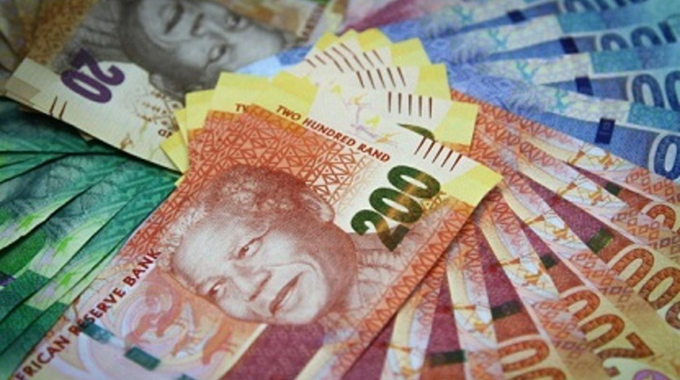
Lameez Omarjee
The global crash in oil prices may provide some fuel price relief for South Africans, but there are currently too many moving parts to know exactly how much extra cash motorists may have in their pockets when prices are again adjusted.
Oil prices are plunging across the board due to a combination of the worldwide slowdown in economic activity caused by lockdowns in response to the Covid-19 pandemic and tensions between oil producing countries Saudi Arabia and Russia.
Global demand for the fuel has dropped to 29 billion barrels per day, compared to about 100 billion barrels a day when the global economy was operating at full capacity a year ago, according to an analyst.
On Monday night, the price of West Texas crude (WTI) crashed below $0 for the first time in history. Bloomberg reported that the price of the WTI futures contracts dropped to as low as -$37,63 per barrel, ahead of its expiration yesterday. In essence, there’s limited storage space for the amount of oil available and storing it costs money.
South Africa relies more heavily on oil imports from the Middle East and North Africa than WTI.
“For South Africa we use a basket of oil prices, to price the cost of fuel. . . For SA fuel prices, the price of Brent crude oil is more important than WTI,” said Investec chief economist Annabel Bishop.
Yesterday morning, the WTI price had stabilised at a positive level of $1,65 per barrel, still a far cry from what it was a day ago. By comparison, Brent crude was trading around $25.42.
A storage problem
The lower oil price might be an opportunity for South African companies to stock up on oil, but there is also a storage problem. There are not enough land facilities available to store oil, and storing oil by sea is extremely costly, said RMB analyst Matete Thulare.
Given the Brent crude price still under $30 per barrel, consumers can look forward to another fuel price cut, under R2/litre in May, said Bishop.
The Department of Energy implemented a fuel price cut of just under R2/l in April, driven by the oil price war between Saudi Arabia and Russia and the initial impact of Covid-19.
Oil price changes will also have a bearing on the inflation outlook. In the SA Reserve Bank’s most recent Monetary Policy Committee statement issued in April, it said that the lower oil prices — coupled with lower growth — had forced down the inflation forecast. However, the depreciation of the rand may drive inflation upwards. The Reserve Bank expects weaker inflation in the near term, followed by higher inflation much later. Inflation is still expected to remain within the 3 percent to 6 percent target band.
The Reserve Bank has so far cut interest rates by 200 basis points this year, and Thulare expects another 50 basis points cut within the next few months. The first 100 bps cut resulted in an estimated R32 billion cash flow back into the economy, according to the Reserve Bank.
Why you should care about the rand-dollar exchange rate
But with new data coming through weekly, economic indicators will have to be revised on a continuous basis, said Thulare.
Next week the World Government Bond Index is due to rebalance its portfolio, a rebalancing that was pushed out to the end of April due to the volatility in the market brought on by Covid-19.
South Africa, which lost its last remaining investment-grade credit rating in late March, will fall out of the index.
Originally capital outflows were estimated to be around $11 billion, but Thulare said these are now projected to be range between $2 billion and $14 billion, with implications for the rand exchange rate.
A weaker exchange rate will drive up the cost of imports, which is likely to be passed onto consumers, counteracting potential relief from the reduced oil price.
The rand on Monday was fairly stable amid the oil price crash. It opened at R18.88 yesterday, slightly weaker than the previous day’s close and is expected to remain within range of R18.50/$ and R19. At 11:17 yesterday, it was trading over a percent weaker at R19.04. — fin24.com.
